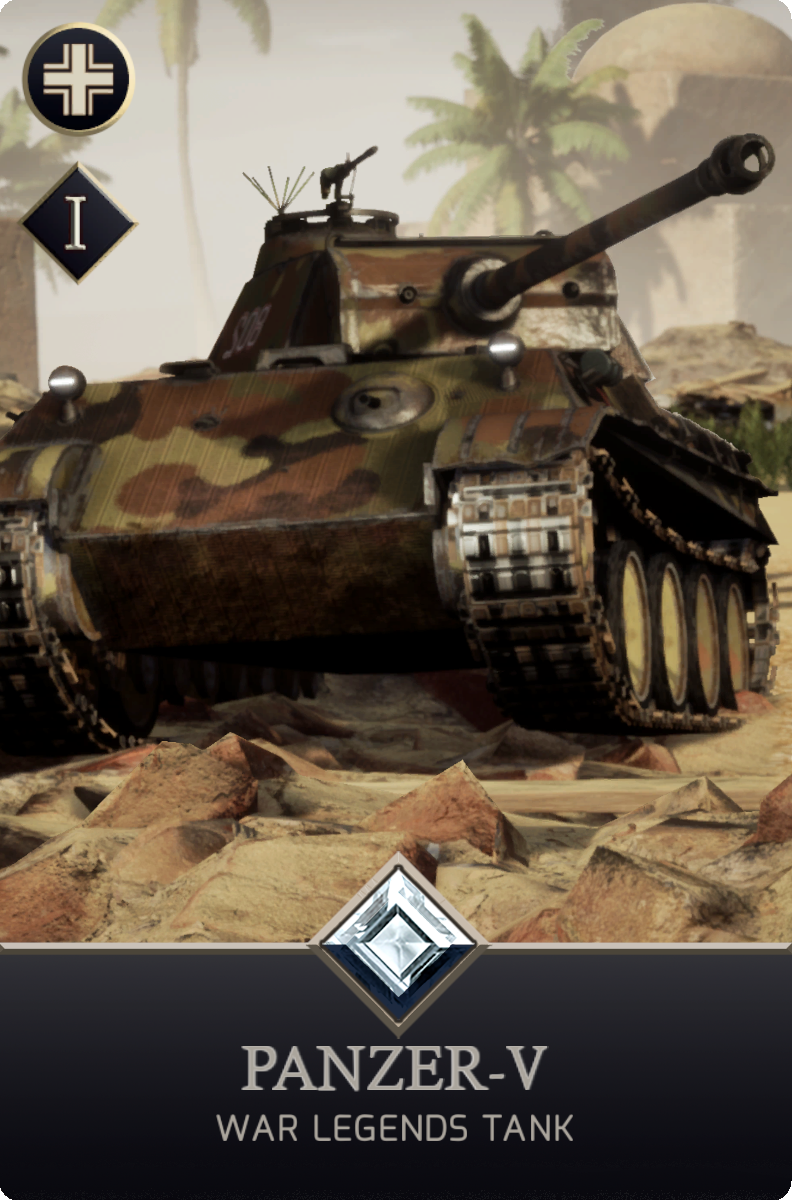


Tank Background
The Panther was a German battle tank used in World War II that lasted from 1943 until the end of the war. It was created as a countermeasure to the Soviet T-34. It served alongside the Panzer IV and Tiger heavy tanks. After the study of the captured Soviet T-34s, an improved armor design was ordered, using inclined planes as well as a large-wheeled and wide-tracked undercarriage with a maximum weight of 30 tons. The Panther's excellent combination of firepower, mobility and protection served as a benchmark for late-war and early post-war tank designs in other nations, and it is often regarded as one of the best designs of World War II.
Despite being a formidable vehicle, the Panther did not meet Heinz Guderian's demands. Instead of taking the time necessary to ensure the production of a truly superior vehicle, the bureaucrats at Wa Prüf 6 and the Ministry of Armaments were tempted to rush it into production without even testing it properly.
The Panther saw full-scale combat for the first time at Kursk on July 5, 1943. The early Panther was plagued by mechanical problems: the track chains and suspension often broke and the engine was prone to overheating and bursting into flames. Initially, more Panther were put out of service by their failures than by enemy action.








